Skopje, Inclusive Design Workshop
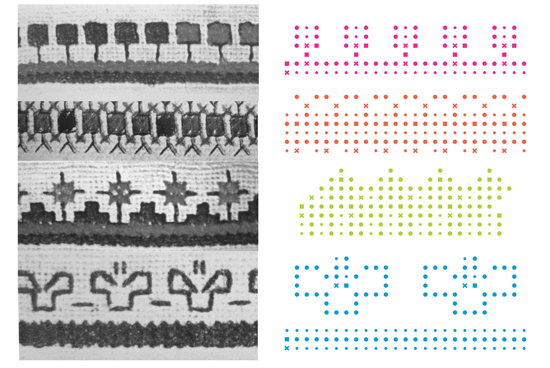
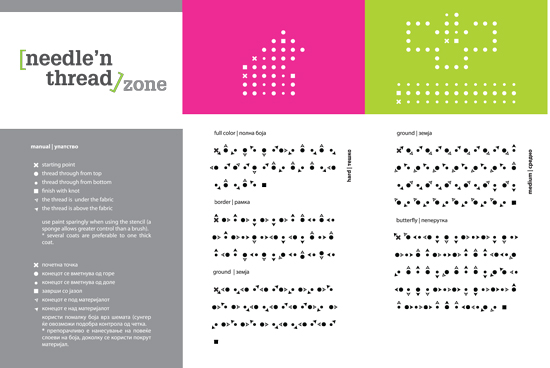
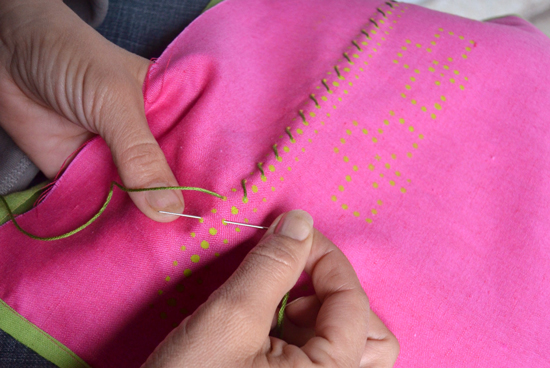
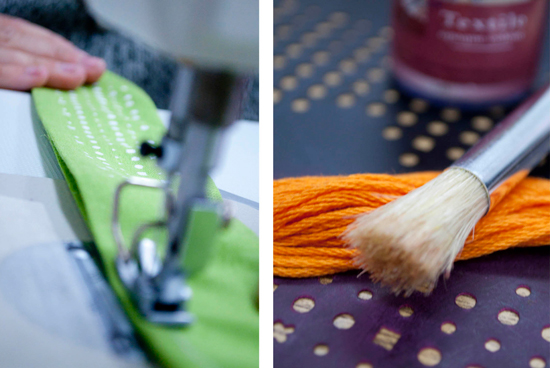
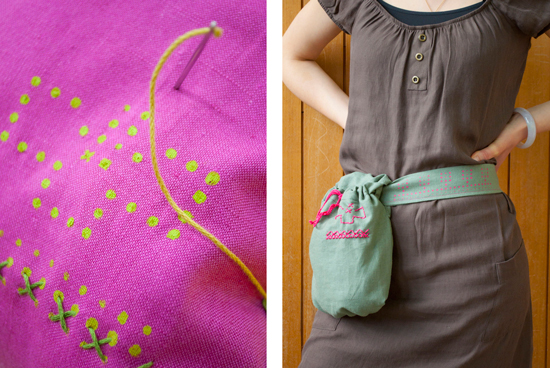
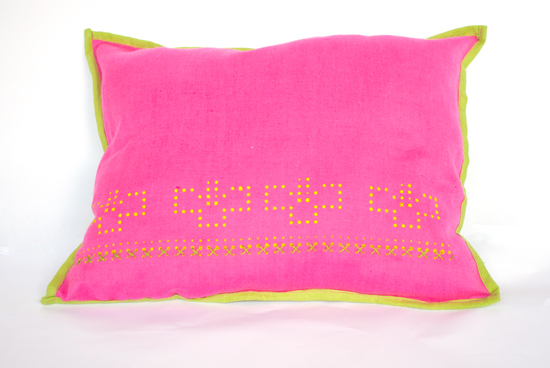
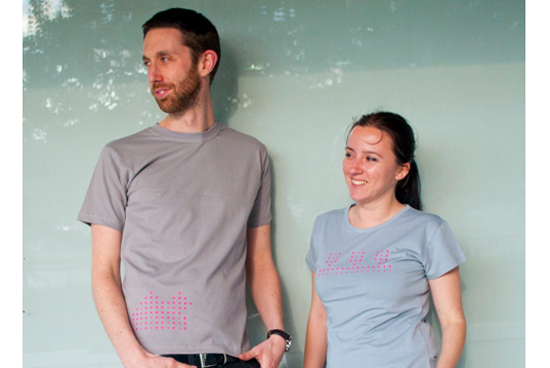
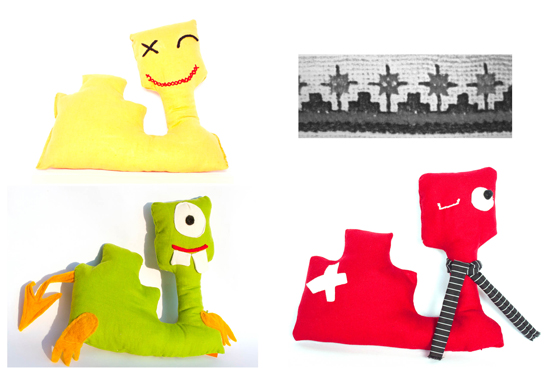
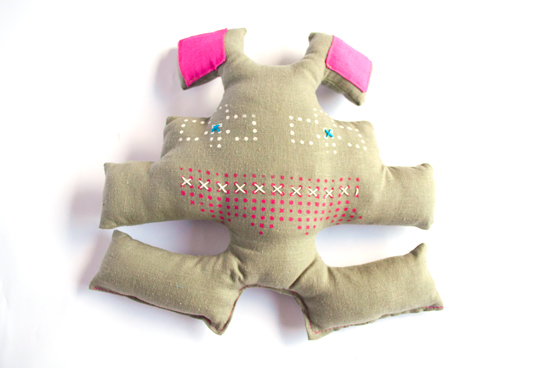
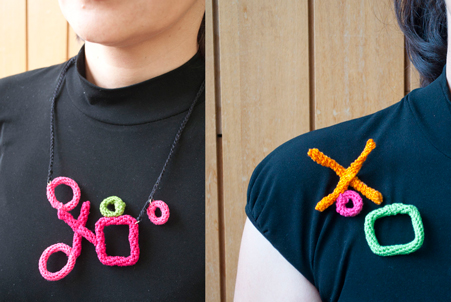
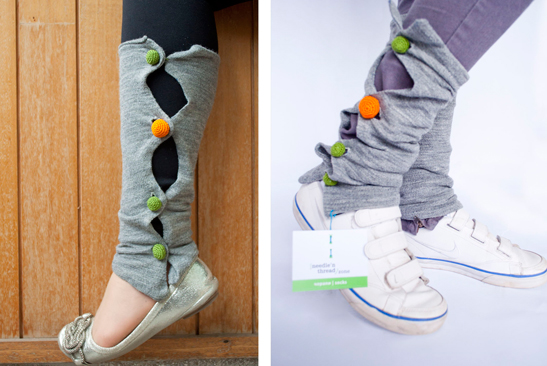
This five day inclusive design workshop took place in Skopje (Macedonia) in May 2012. Florie led a team of Macedonian designers and craftspeople in order to co-design products with the students from Partnejija Zografski, a residential vocational school for hearing impaired students. The design and manufacture of these products would enable students to develop key skills, while the sale of the products would in turn become an income stream for the school.
More
Inclusive Design Workshops
This workshop was the fourth in a series taking place in Bosnia-Hercegovina, Croatia and Macedonia and was based on a model first trialed in Sarajevo in 2009.
In Skopje, three separate workshops were led by Matthew Harrison (Felt), Florie Salnot (Printed and Constructed Textiles) and James Tooze (Wood) along with Macedonian designers Vesna Avramovska, Marija Veteroska and Biljana Klekackoska.
The brief
The brief was to create a new portfolio of printed and constructed textile products that would allow the students of Partenija Zografski to develop key textile skills and could be sold to generate income for the school. The team was co-led by Florie Salnot and Marija Veteroska (Macedonian graphic designer). It was made up of two students and a teacher from Partenija, five design students and professionals from Skopje and three traditional Macedonian craftswomen.
Everyone in the team had very different skills and understanding of design. The main design challenge, which was also the funniest part, was to design goods that would be adapted for Partenja students to make later on, while allowing everyone in the workshop to make use of their different abilities and give them a good and useful experience.
In the end, the team decided to design a range of goods that would:
-be fun for the students to make
-be appealing for the tourists looking for a flavour of Macedonia to bring back home
-be appealing for the young Macedonians for whom traditional Macedonian craft products are seen as old-fashioned.
The Results
Based on the skills of the craftswomen in traditional embroidery, the visual identity of the line was defined. The idea was to re-interpret the traditional embroidery to create new patterns. The students would then be able to follow the patterns to learn the basic stages of this craft. The idea of these contemporary patterns is that they could be embroidered to give similar patterns to the traditional ones, or, the students could also choose to break from ‘the right way’ and develop new, unique embroidery designs.
This principle of embroidery by following the dots was further extended and applied to create 3D products that would steadily take shape when sewing. Based on this method we developed different products (a bag, a belt, a cushion and a customisable pocket). This framework also allowed us to develop other products that explored further the skills of everyone in the team.
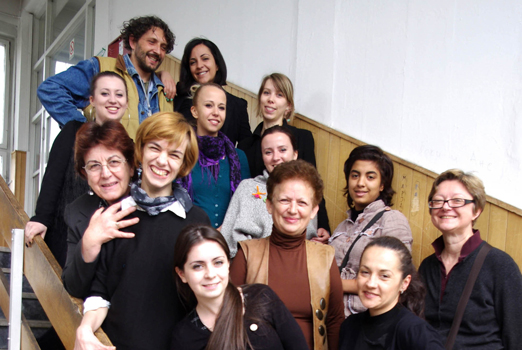
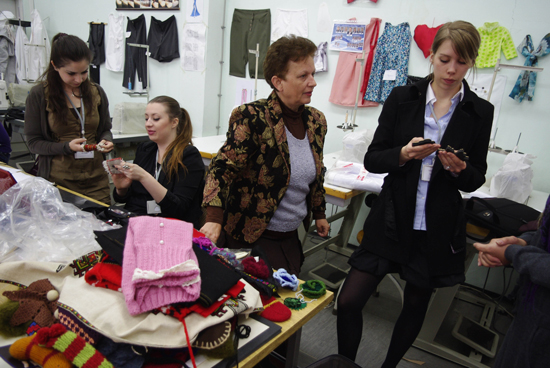
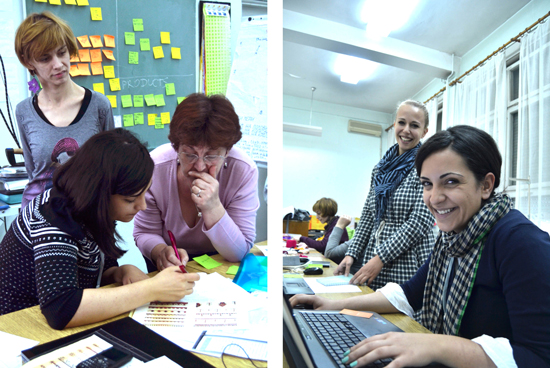
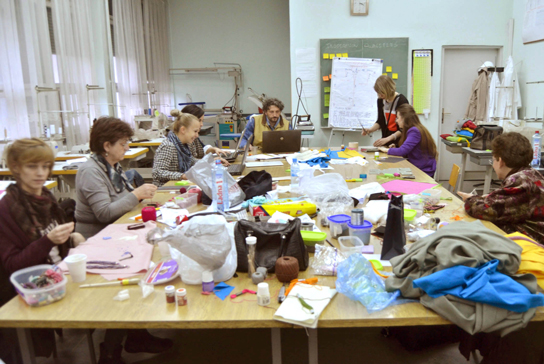
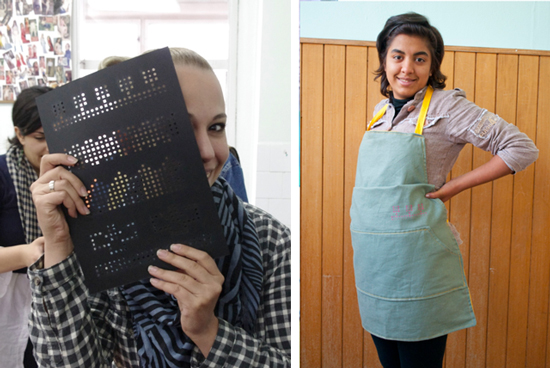
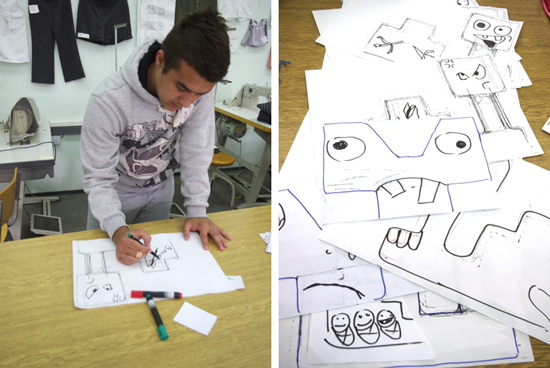
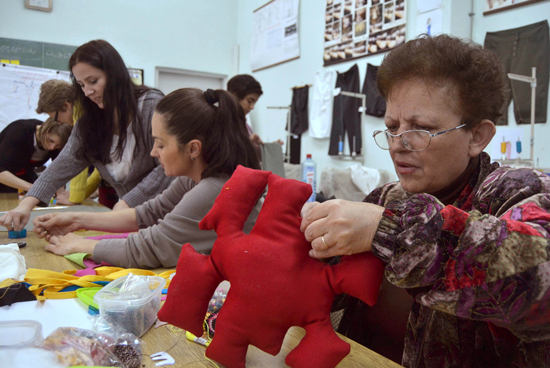
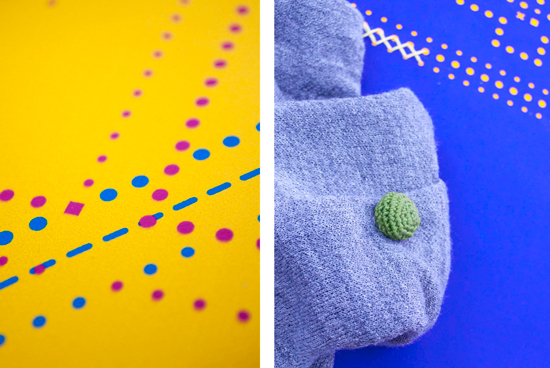
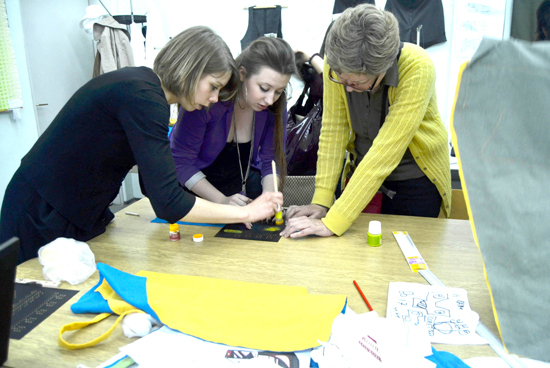
More on this project on the Helen Hamlyn Centre For Design website.
This project brought together the British Council with the Helen Hamlyn Centre for Design (Julia Cassim), the Macedonian Artisan Trade Association (MATA), European University and DUCOR- Partenija Zografski.


